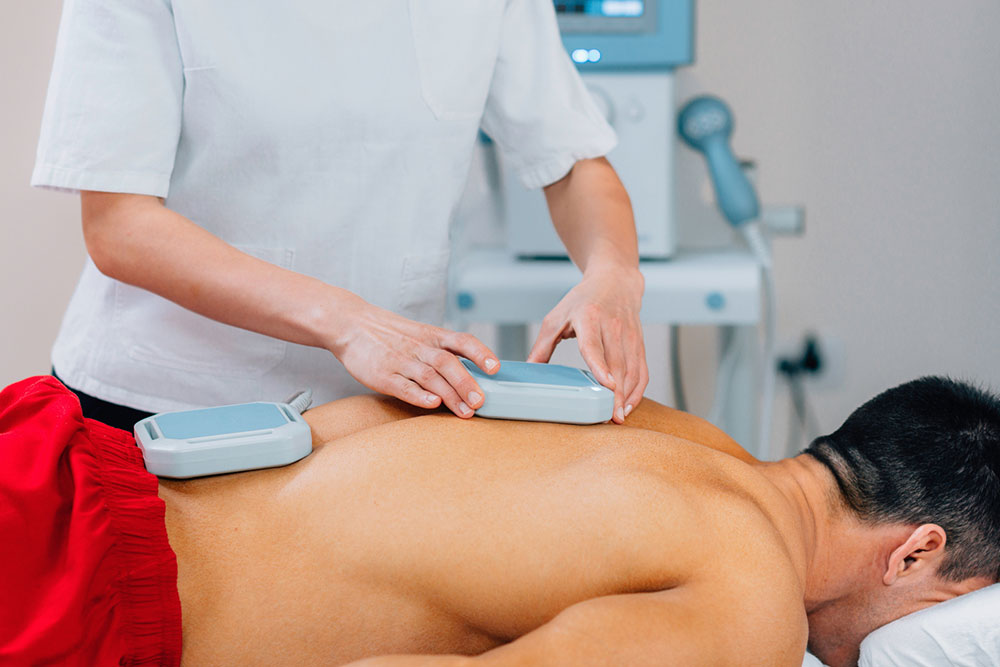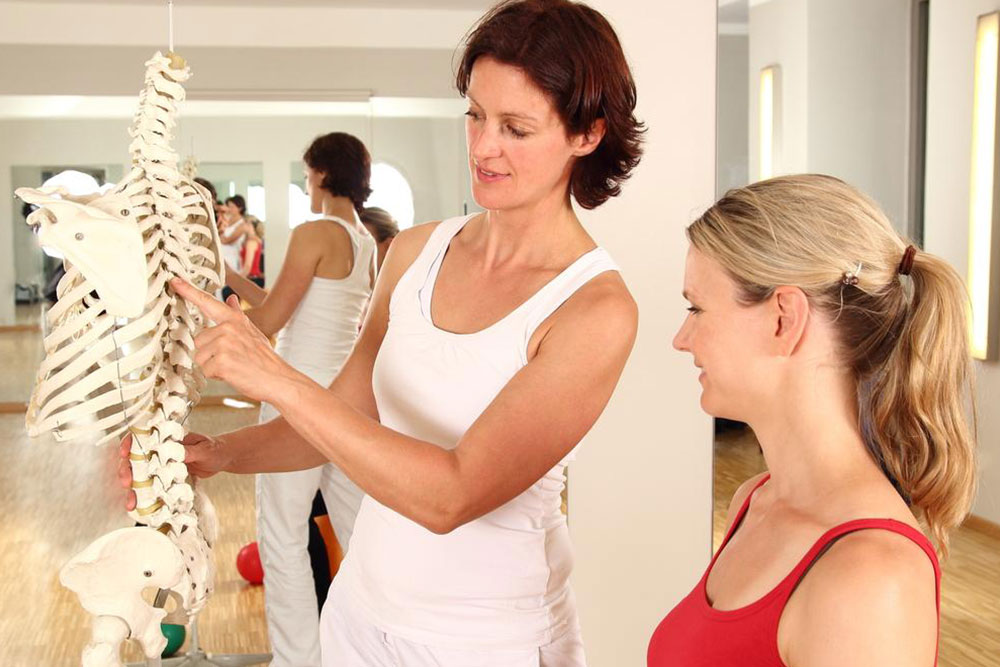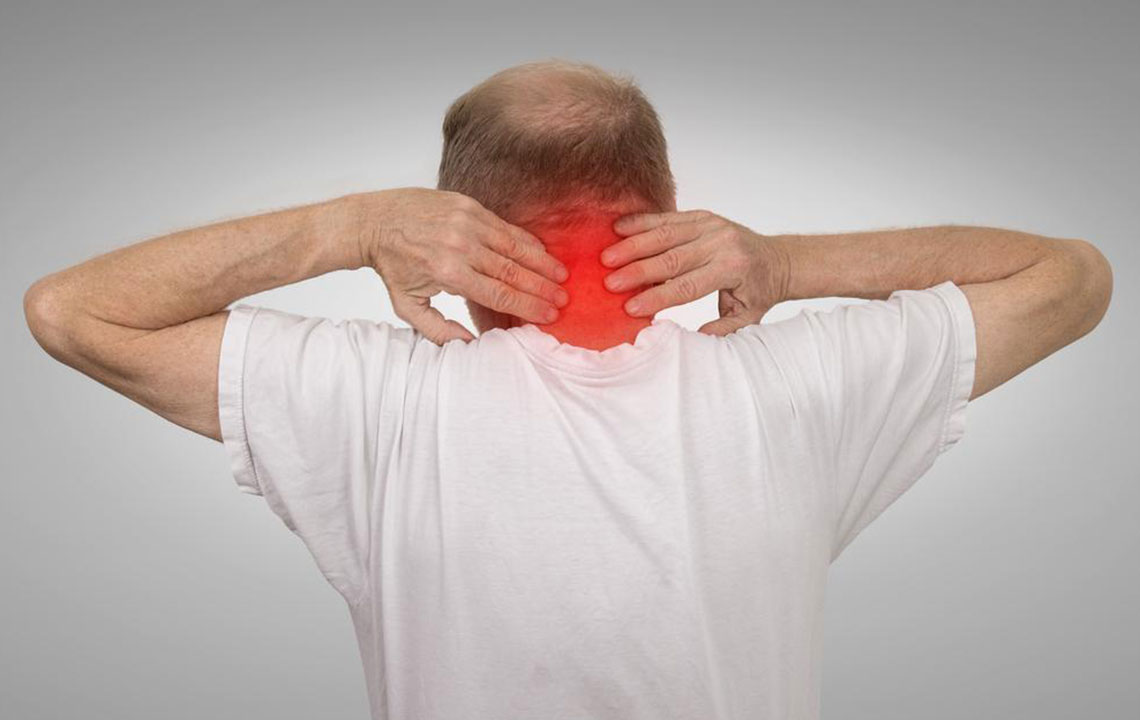A Comprehensive Guide to Anterolisthesis: Symptoms, Causes, and Modern Treatment Options
Anterolisthesis, a spinal condition involving vertebral displacement, can cause pain, numbness, and mobility issues. This comprehensive guide explores its symptoms, causes, and available treatment options—from conservative management to advanced surgical procedures. Early diagnosis and personalized treatment plans are essential for optimal recovery and quality of life improvement. Learn how to identify signs early and choose the best approach for your spinal health.

Understanding Anterolisthesis: Symptoms, Causes, and Effective Treatment Strategies
Anterolisthesis is a complex spinal condition involving the abnormal forward displacement of a vertebral body relative to the vertebra below it. This displacement primarily occurs in the lumbar or lower thoracic regions, although it can affect other parts of the spine. This misalignment can lead to a variety of symptoms ranging from mild discomfort to severe neurological impairments, significantly impacting an individual's daily life and mobility. The importance of understanding its causes, recognizing symptoms early, and exploring effective treatment options cannot be overstated, as early intervention often leads to better outcomes and improved quality of life.
Identifying Signs and Symptoms of Anterolisthesis
The manifestation of anterolisthesis varies depending on the degree of vertebral displacement, affected spinal segment, and whether nerve roots or the spinal cord are involved. Patients commonly experience persistent lower back pain that can radiate to the legs, which hampers mobility and reduces functional independence. As the condition progresses, muscle weakness, stiffness, and numbness in the extremities may develop. Recognizable symptoms include:
Chronic, localized back pain that worsens with activity
Persistent muscle spasms in the lower back or legs
Tingling sensations, burning feelings, or numbness in the legs and feet
Loss of sensation to temperature stimuli like hot or cold
Muscle weakness affecting mobility and balance
Altered posture, gait disturbances, and persistent discomfort
In severe instances, individuals may face difficulty walking, reduced ability to perform daily tasks, or issues with bladder and bowel control, highlighting the urgent need for medical evaluation and intervention.
Exploring the Causes of Anterolisthesis
The development of anterolisthesis can be attributed to multiple factors. Traumatic injuries such as falls, direct impacts, or accidents causing vertebral fractures significantly increase the risk. Engaging in intense physical activities, especially those involving heavy lifting or improper technique, can also contribute to spinal instability. Age-related degeneration plays a pivotal role, as degenerative changes compromise the integrity of spinal ligaments, discs, and joints, leading to vertebral slippage—this condition is often classified as degenerative spondylolisthesis. Tumors in the spinal region, whether primary or metastatic, may exert pressure or cause destruction of bony structures, leading to displacement. Pediatric cases, although rare, can be related to congenital developmental anomalies that persist into adulthood, frequently involving genetic predispositions that affect spinal development.
Treating Anterolisthesis: Strategies and Approaches
The management of anterolisthesis varies considerably based on the severity of vertebral slippage, underlying causes, patient symptoms, and the stability of the spine as determined through diagnostic imaging like X-rays and MRIs. Tailored treatment plans can involve conservative therapies or surgical interventions, depending on how advanced the condition is.
Conservative Management: Rest, Stabilization, and Physical Therapy
Mild cases often respond well to conservative treatments. Rest and activity modification play critical roles in preventing worsening of vertebral displacement. Limiting strenuous activities and using supportive devices such as lumbar braces or belts can help stabilize the spine and alleviate pain. Physical therapy tailored to strengthen core and back muscles enhances spinal stability, improves flexibility, and reduces discomfort. These therapies can include specific exercises targeting muscle groups that support the lumbar region, as well as modalities like heat, cold, or electrical stimulation to relieve pain.
Advanced Treatments: Surgical Procedures for Severe Cases
When conservative measures fail or when vertebral slippage progresses, surgical intervention is often necessary. The primary goals of surgery are to stabilize the spine, decompress neural elements, and prevent further slippage. Techniques include spinal fusion, where vertebrae are fused together using bone grafts and hardware such as screws and rods to maintain proper alignment. Decompression surgeries may remove herniated disc material, abnormal bone spurs, or other tissues compressing nerve roots. Advances in minimally invasive spinal surgery have improved outcomes, reduced recovery times, and minimized postoperative pain. Postoperative rehabilitation is crucial to restore function and strengthen supporting muscles, ensuring the long-term success of the treatment.
Overall, understanding anterolisthesis thoroughly enables patients and healthcare providers to make informed decisions about managing this spinal condition effectively. Early detection coupled with appropriate intervention can significantly improve prognosis, reduce complications, and enhance the patient's quality of life.





